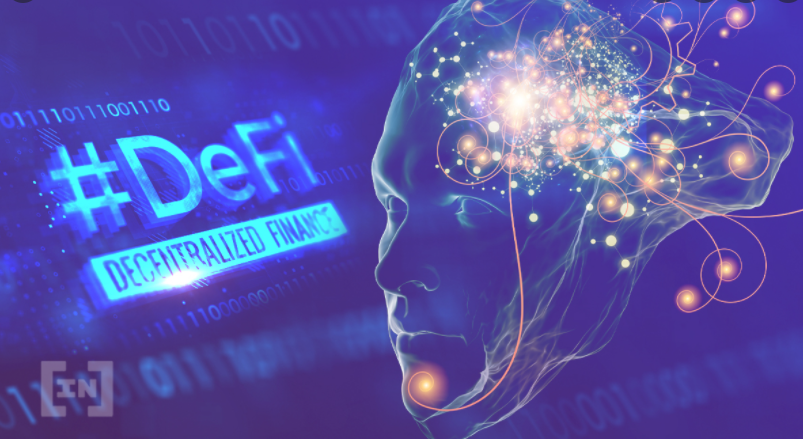As the market for cryptocurrencies has grown, a long series of debates have taken place over their role in financial markets. In a recent talk at the BBQ (Bloomberg Quant) seminar, Alexander Lipton, co-founder and CTO of Sila, professor and Dean’s Fellow at Hebrew University of Jerusalem, and a Connection Science Fellow at MIT presented his ideas on an automated market-making cross-settlement mechanism for digital assets on interoperable blockchains.
After several years of evolution, the latest developments in blockchain technology may eventually provide an alternative to how foreign exchange is traded. The idea is to find a mechanism that would allow for trade of different fiat currencies in an automated and decentralized manner, rather than going through market makers. A key question is, “What we should do in order to update our existing banking systems.”
Three types of financial systems
As a backdrop to this discussion, Lipton envisions information organized in three types of arrangements: centralized, decentralized, and distributed. In a centralized system, the banking system in one country operates with a central node, which is a central bank, and other banks can communicate solely through this node.
In a decentralized system, there are international arrangements, where the central nodes are central banks in respective countries, which can interact with each other. Finally, in a distributed arrangement, every node can interact with every other node.
Given the potential complexity of such a system, it’s important to preserve the integrity though a block chain. One mechanism for doing so is the “proof of work.” Once the blockchain protocol is established, the transacting parties simply announce their intention.
Alice, for example, intends to move a given value to Bob, and provided that the amount is available, the move will take place. The miners who maintain the integrity of the system will jump in to confirm the transaction, provided it’s legitimate; then the nodes will record it.
Consider, for example, the Bitcoin protocol designed by the anonymous Satoshi Nakamoto in 2008. Since inception, the protocol operates the way it was designed, which is a major accomplishment.
However, it does present some problems, including a low number of transactions per second. A second issue is an ironic lack of decentralization, which is emerging because being an individual miner is a dangerous position financially and therefore miners tend to coalesce into giant pools.
“This is how capitalism operates, regardless of the original intentions,” says Lipton. “Large corporations always appear and compete with each other, so you can’t say that it’s a monopoly, but it is an oligopoly.”
A new path with Ethereum and other consensus-as-a-service protocols
The advent of Ethereum was a breakthrough as a virtual, distributed, Turing-complete framework capable of handling smart contracts. Such contracts are central to currency exchange, but once again, there are challenges to be resolved.
“Ethereum can provide autonomy, trust, reliability, and accuracy,” explains Lipton, “but if a smart contract is not composed properly, it cannot be adjusted, so bugs become features and you have to live with them until the money is gone.”
Turning to the electronic implementation of fiat currencies, the most straightforward approach would be a mapping of existing fiat currencies onto blockchain by the central banks themselves, creating a new central bank digital currency.
None of the major central banks have undertaken such a project yet, although the People’s Bank of China in conducting a fairly large-scale experiment, which, ironically, does not use distributed ledgers.
Turning to the financial markets, the interoperability of the blockchain can be developed by using automated market makers.
In the future, when central bank digital currencies appear and are mapped onto a blockchain, then it will be possible to analyze what happens with the foreign exchange more deeply. For now, using the G10 currencies in a back test, the statistical characteristics of the activity are revealed, including how things are correlated, and how the profits relate to the number of transactions per day.
“Potential cryptocurrencies are quite interesting,” says Lipton, “but they are probably not what we need for the purposes of high finance. However, using consensus-as-a-service protocols for the purposes of decentralized finance seem to be extremely promising, and the ability to do foreign exchange in an automated fashion is particularly exciting.”
Read full story on Bloomberg


